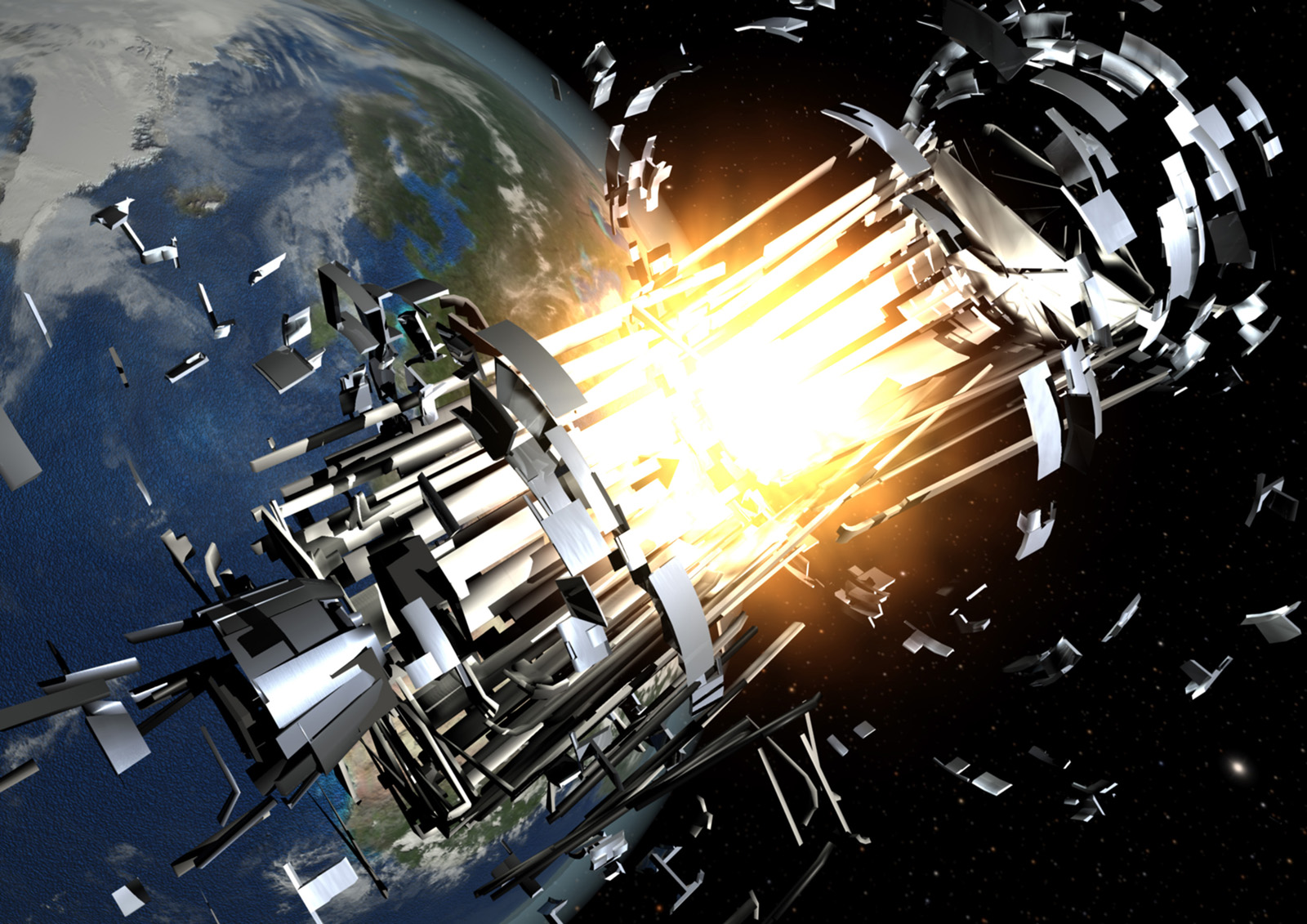Europeans Want Space Debris Trackers of Their Own

Human spacefarers and satellites constantly dodge a cloud of dangerous debris left over from orbital traffic accidents and launches. Now the European Space Agency has taken its first steps toward creating its own space surveillance system that could track thousands of objects per second.
One such step takes the form of demonstrator radar that will eventually lead to a system capable of tracking 15,000 to 20,000 objects on the radar for at least 10 seconds each day. Having such awareness represents a necessity when even the tiniest space debris can destroy satellites or cause serious damage while traveling at speeds of 17,400 mph (28,000 kph) – not even space glue could salvage the situation.
"[The new surveillance system] can observe a large number of objects simultaneously, detecting their position to a high degree of accuracy and sensitivity," said Andreas Brenner, a department head at the Fraunhofer Institute for High Frequency Physics and Radar Techniques in Wachtberg, Germany. [Worst Space Debris Moments of All Time]
The radar technology must also be able to track debris particles just a few centimeters in diameter.
Threats from space debris have only grown in recent years. A satellite collision between U.S. and Russian counterparts in Feb. 2009 added to the cloud of space junk. The International Space Station already has to dodge such debris four to five times each year. [Video: Space Junk Threat Grows]
Fraunhofer researchers plan to focus on designing the receiver array for the radar, while a Spanish company called Indra Espacio builds the transmitter. Indria Espacio holds the demonstrator radar contract from the European Space Agency (ESA) worth $2 million (1.4 million euros).
European space missions currently rely upon the U.S. Space Surveillance Network to track the smaller pieces of debris in their path. ESA is setting the stage for the European version of such a system to take shape between 2012 and 2019.
Get the Space.com Newsletter
Breaking space news, the latest updates on rocket launches, skywatching events and more!
Just how the European system would fit with U.S. tracking capabilities remains unknown, but keeping electronic eyes on space is necessary if humanity hopes to harness space solar power or launch interplanetary missions that can travel safely in space.
This story was provided by InnovationNewsDaily, a sister site to SPACE.com.
Join our Space Forums to keep talking space on the latest missions, night sky and more! And if you have a news tip, correction or comment, let us know at: community@space.com.

Space.com is the premier source of space exploration, innovation and astronomy news, chronicling (and celebrating) humanity's ongoing expansion across the final frontier. Originally founded in 1999, Space.com is, and always has been, the passion of writers and editors who are space fans and also trained journalists. Our current news team consists of Editor-in-Chief Tariq Malik; Editor Hanneke Weitering, Senior Space Writer Mike Wall; Senior Writer Meghan Bartels; Senior Writer Chelsea Gohd, Senior Writer Tereza Pultarova and Staff Writer Alexander Cox, focusing on e-commerce. Senior Producer Steve Spaleta oversees our space videos, with Diana Whitcroft as our Social Media Editor.












